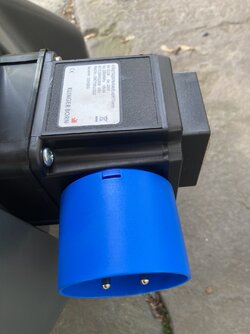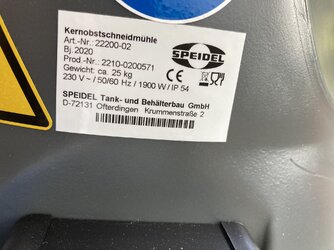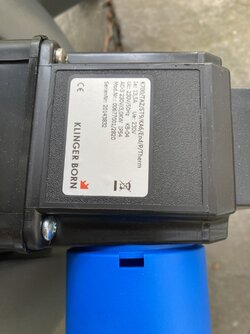J
JackSpade24
Hi everyone,
I have what I'm sure is a very basic question that I would really appreciate some help on. I am a cider maker and recently purchased a new apple grinder that is manufactured in Germany and runs on 230v/50hz. I am wondering how I can use it here in the US? It came with a power supply that requires me to wire my own plug to it (not pictured below). But my question is, what do I need to do to make it functional here in America? Any and all help would be much appreciated. Thanks so much in advance,
jack
I have what I'm sure is a very basic question that I would really appreciate some help on. I am a cider maker and recently purchased a new apple grinder that is manufactured in Germany and runs on 230v/50hz. I am wondering how I can use it here in the US? It came with a power supply that requires me to wire my own plug to it (not pictured below). But my question is, what do I need to do to make it functional here in America? Any and all help would be much appreciated. Thanks so much in advance,
jack












